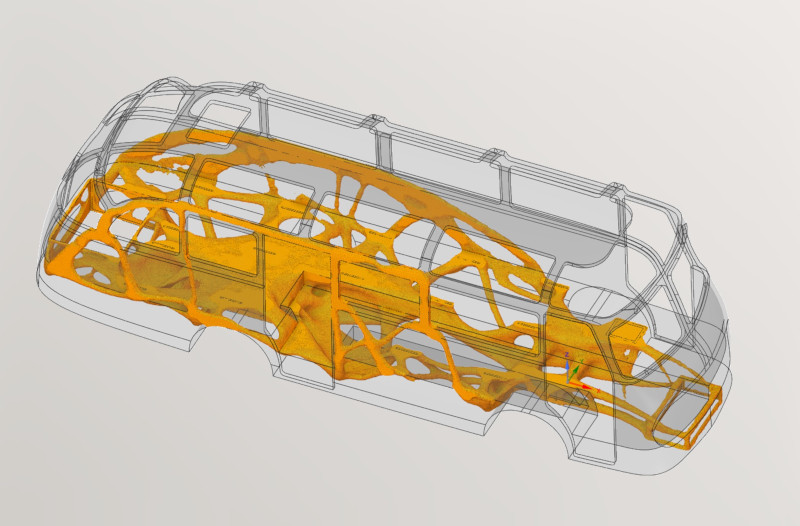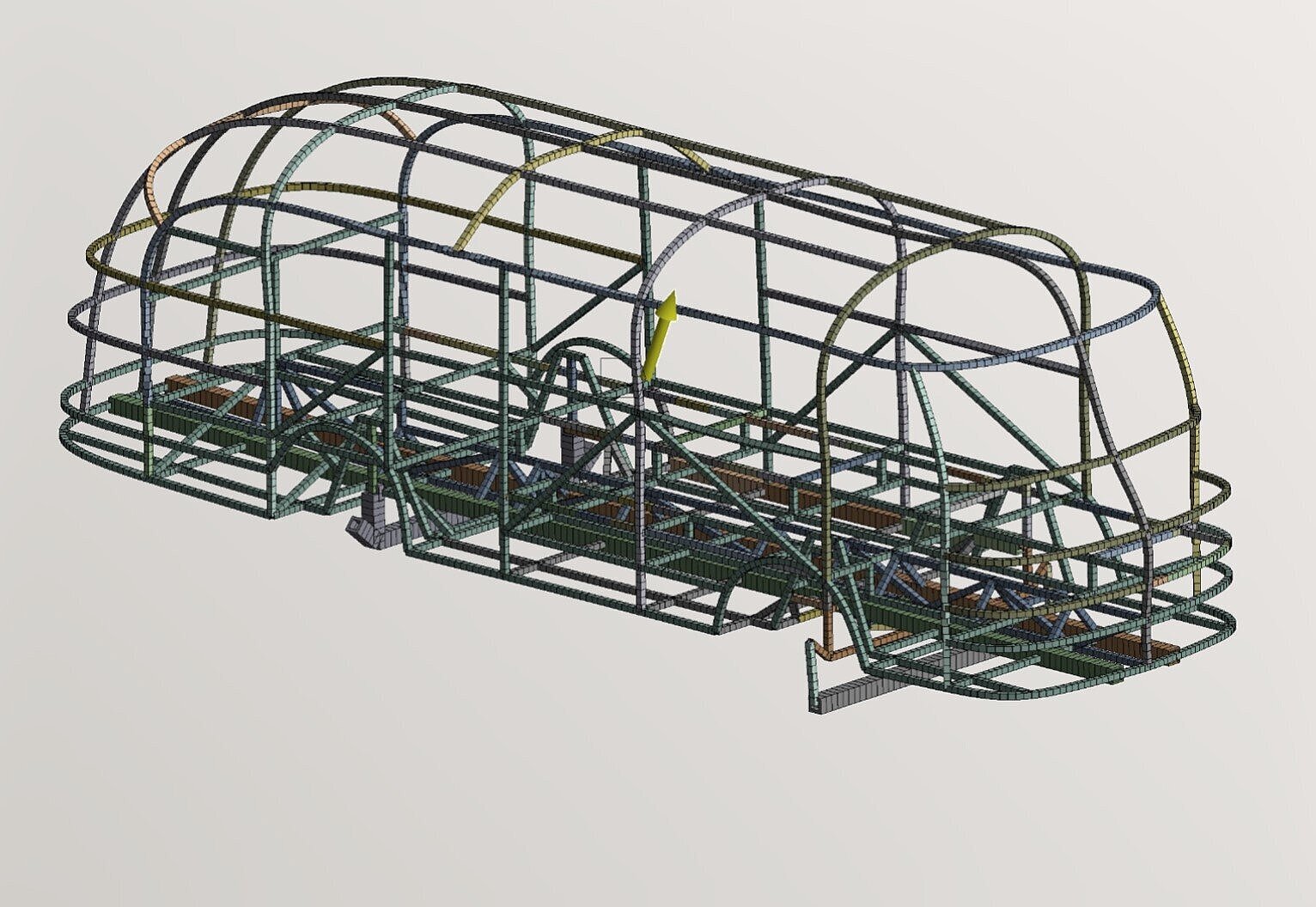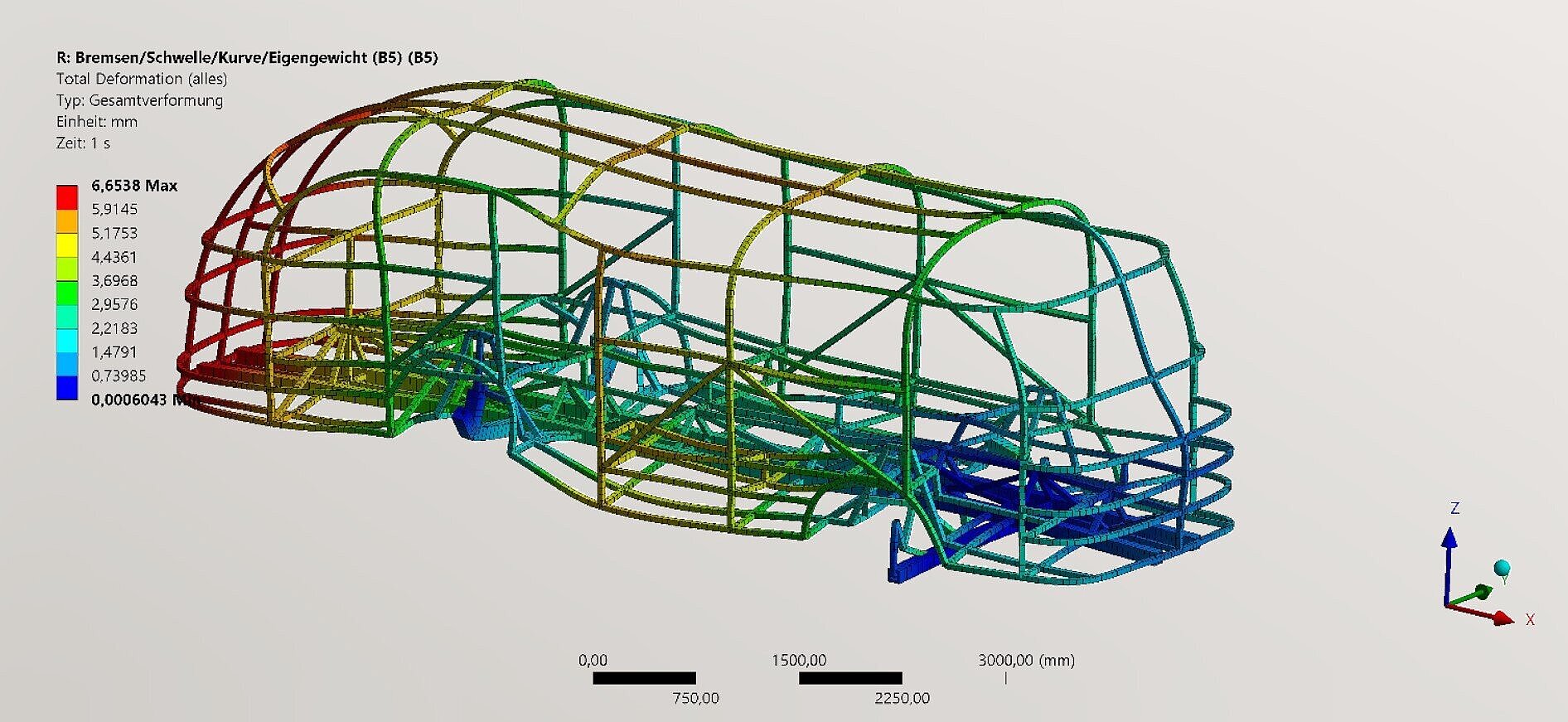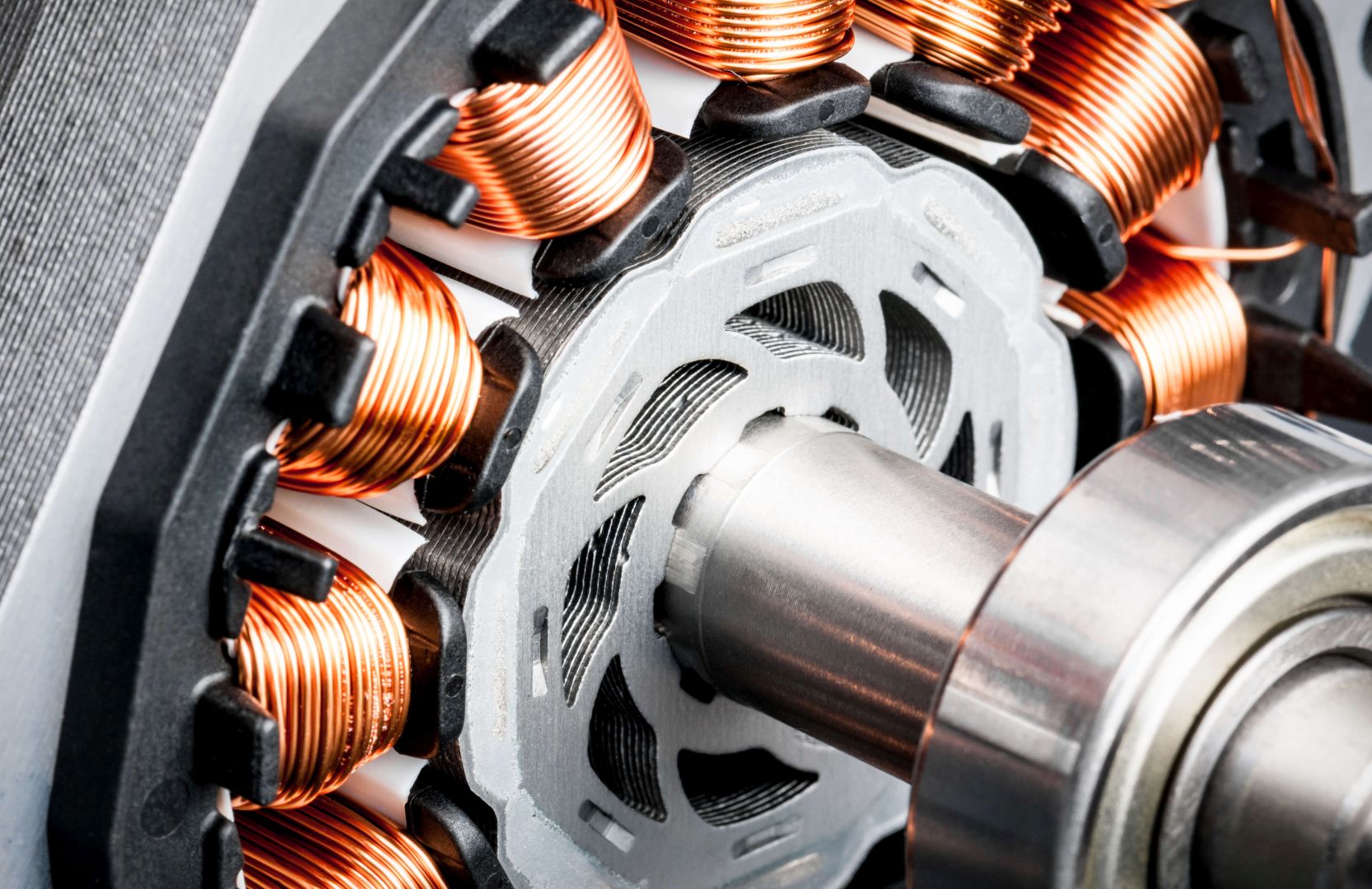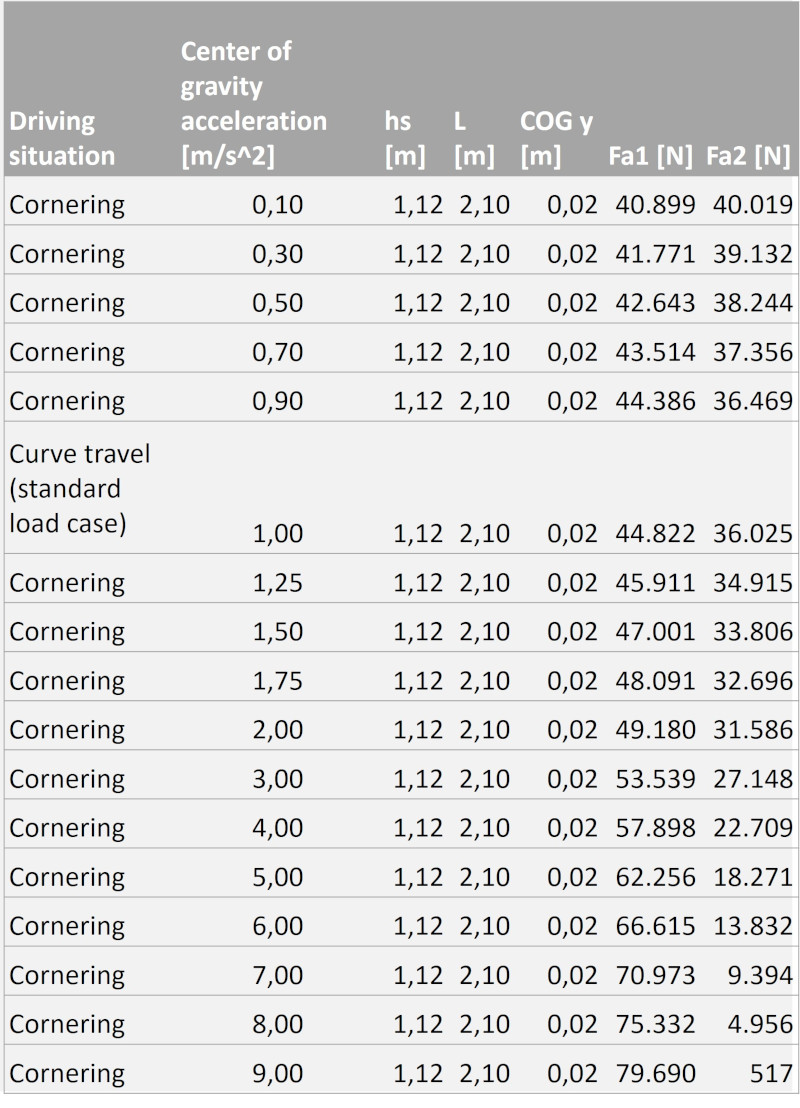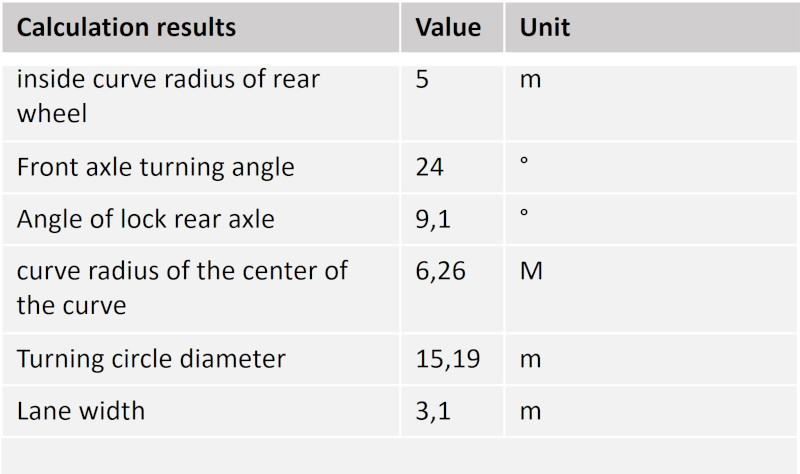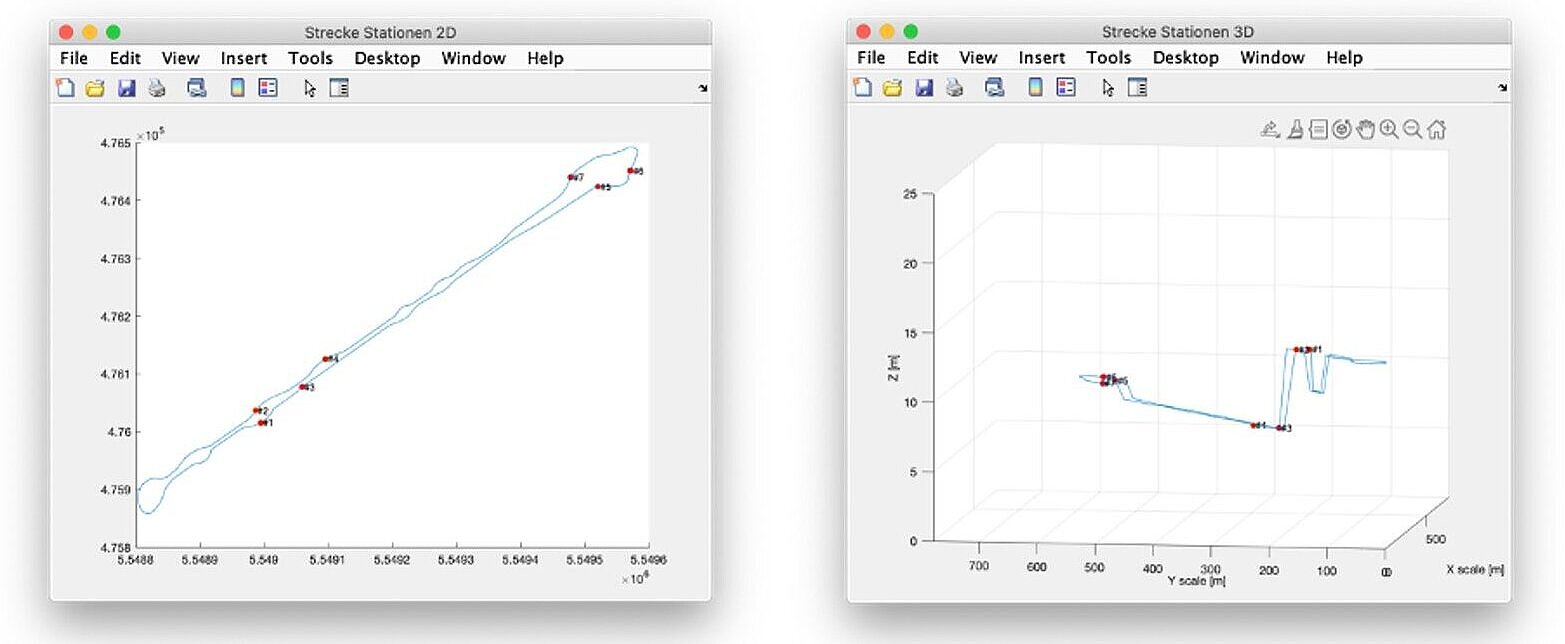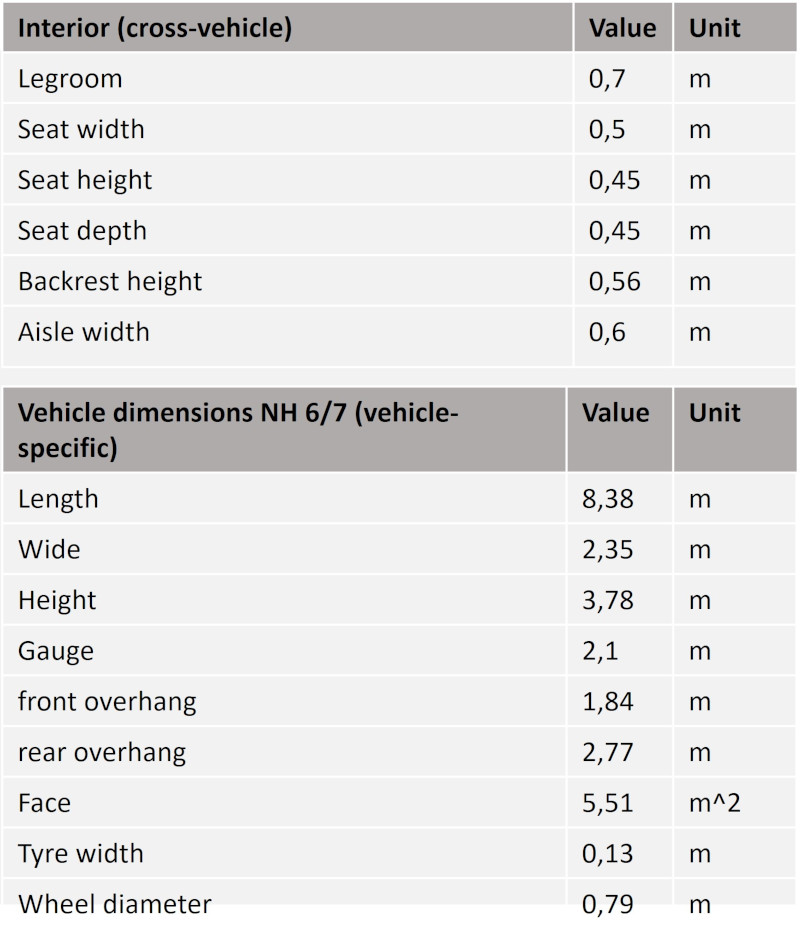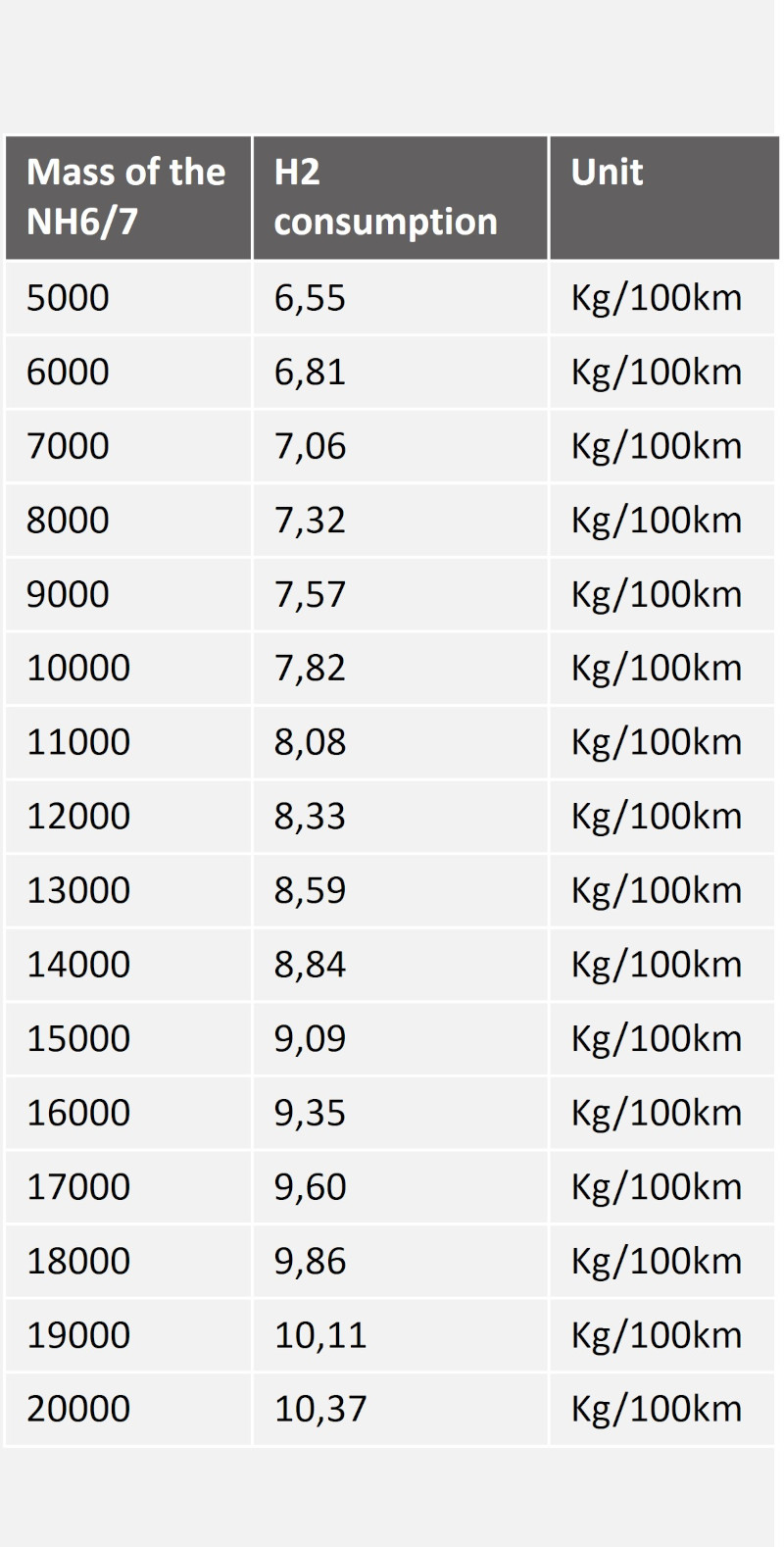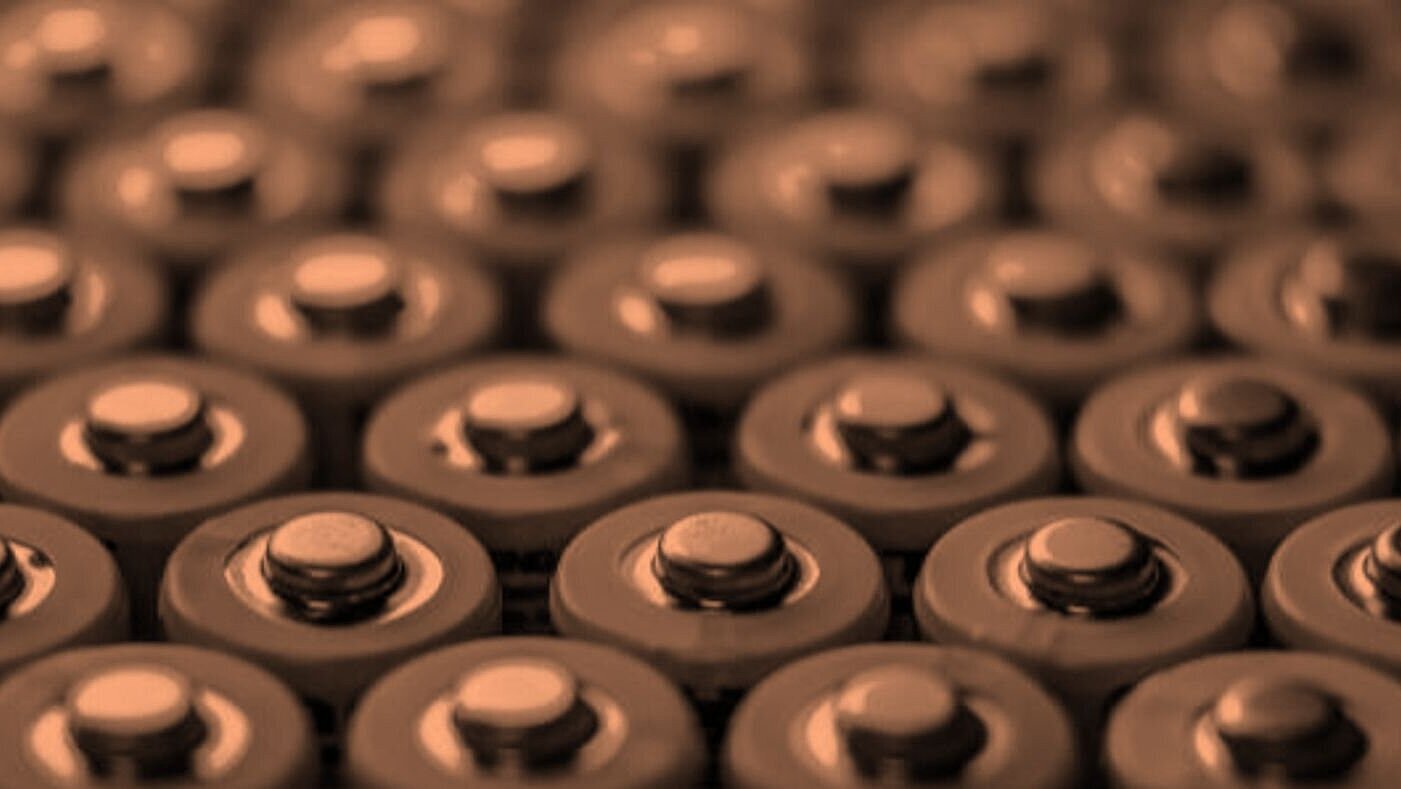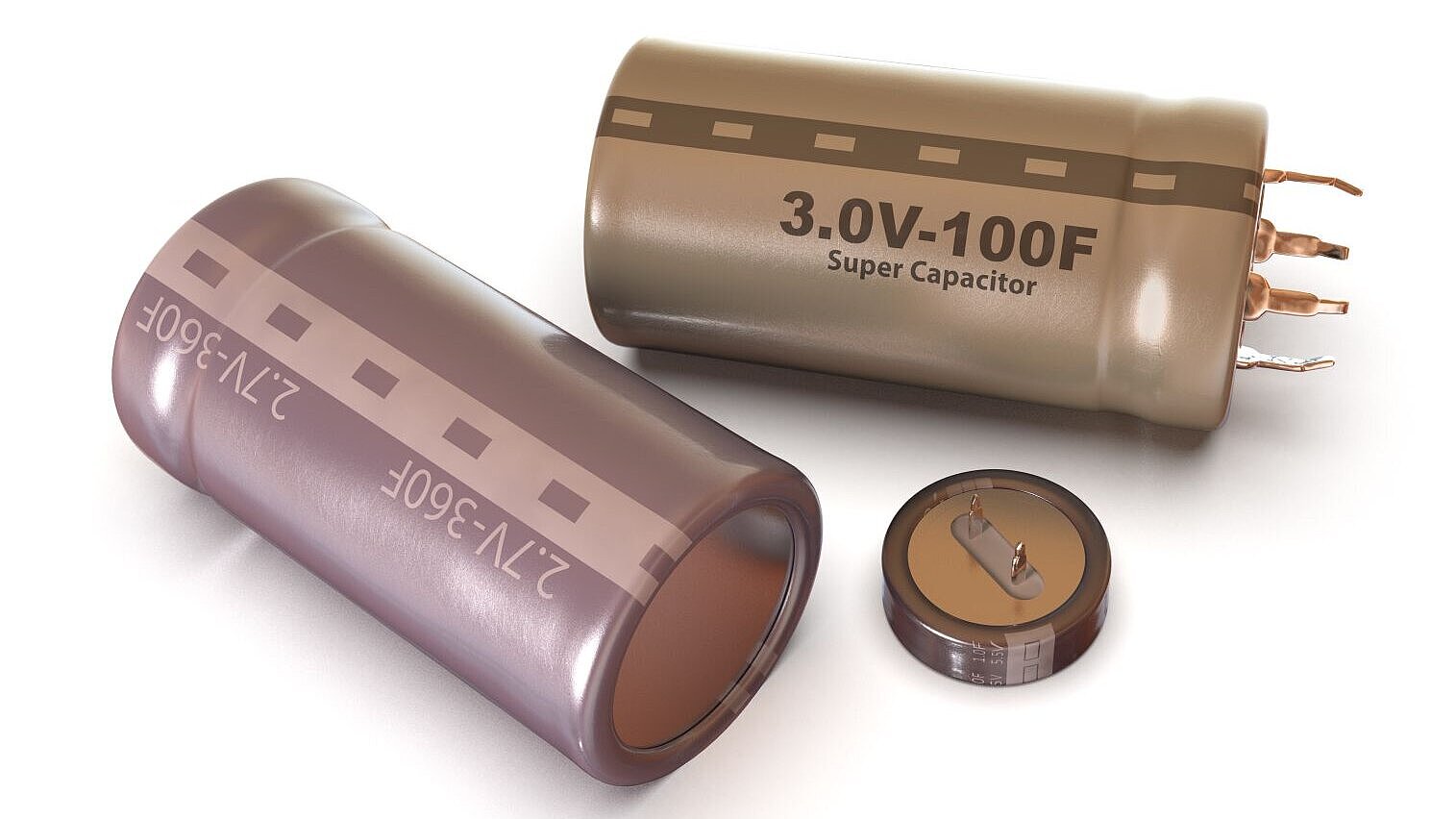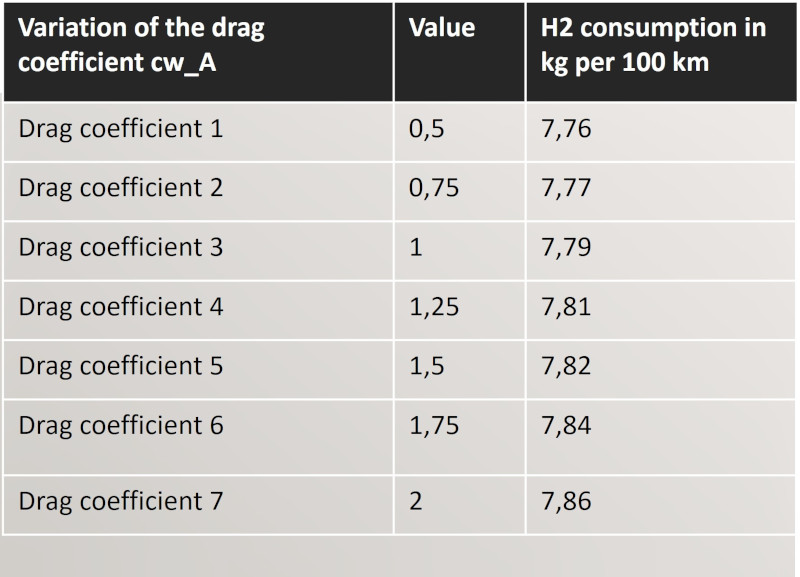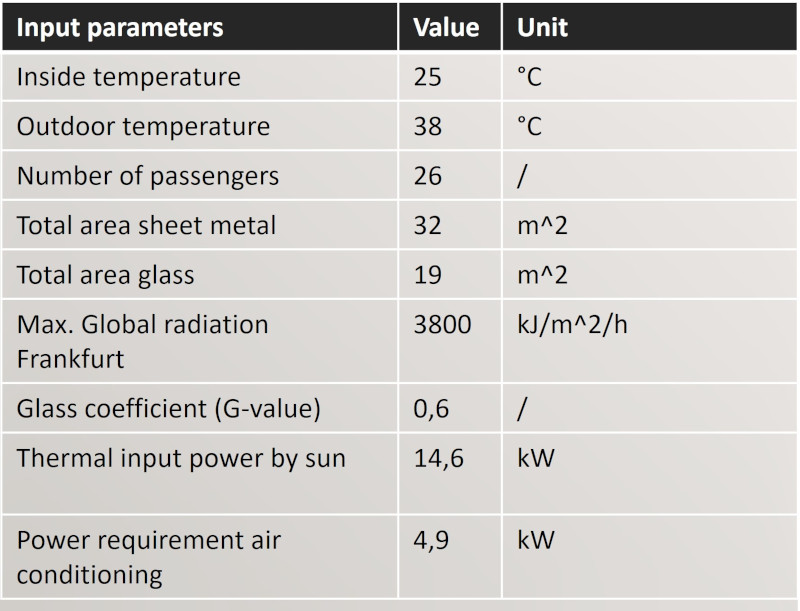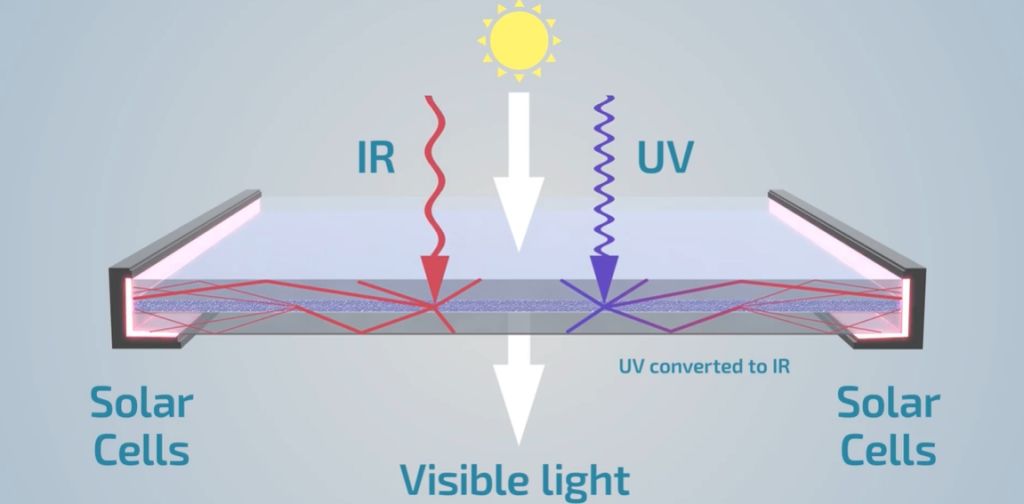Content: Three aspects of vehicle development were examined in more detail - FEM, modularity and design or powertrain simulation.
With the help of the Finite Element Method (FEM) and a load case assumed especially for the "bridge section biotope", the frame design was carried out for the conceived masses as well as their applied points of application.
The efficiency and space advantages resulting from the biotope character and the modular design were exemplified by the wheel assembly.
A powertrain simulation was developed in order to be able to make a statement about the technical key data of the electric motors, the associated transmissions and the energetic load profiles of (buffer) batteries. For the present concept, numerous input parameters such as vehicle mass, maximum speed, driving resistance, etc. were determined, which enabled a reliable calculation of the required output variables.


